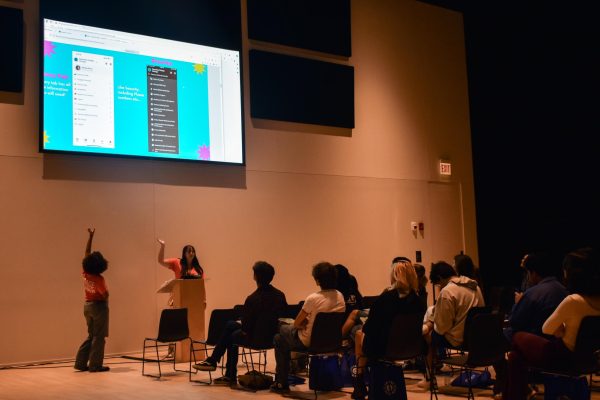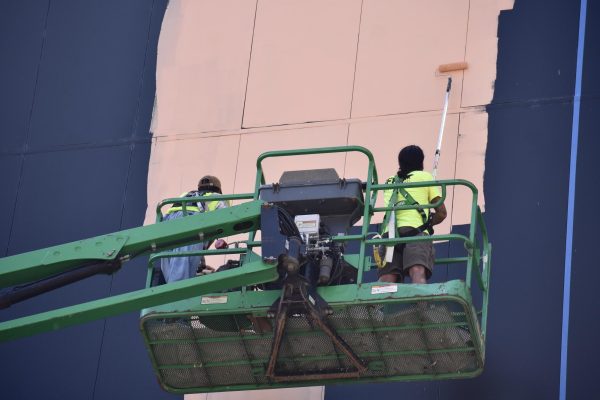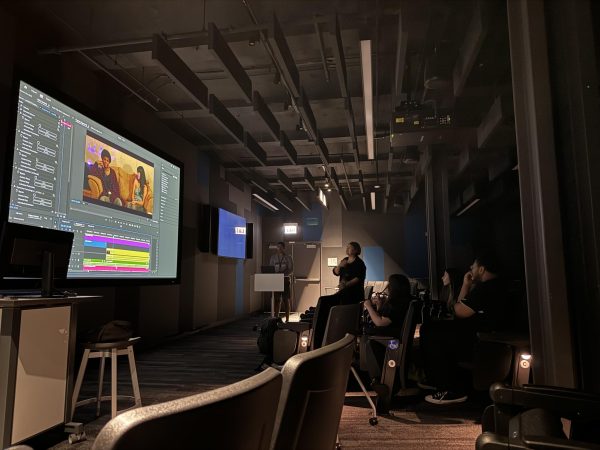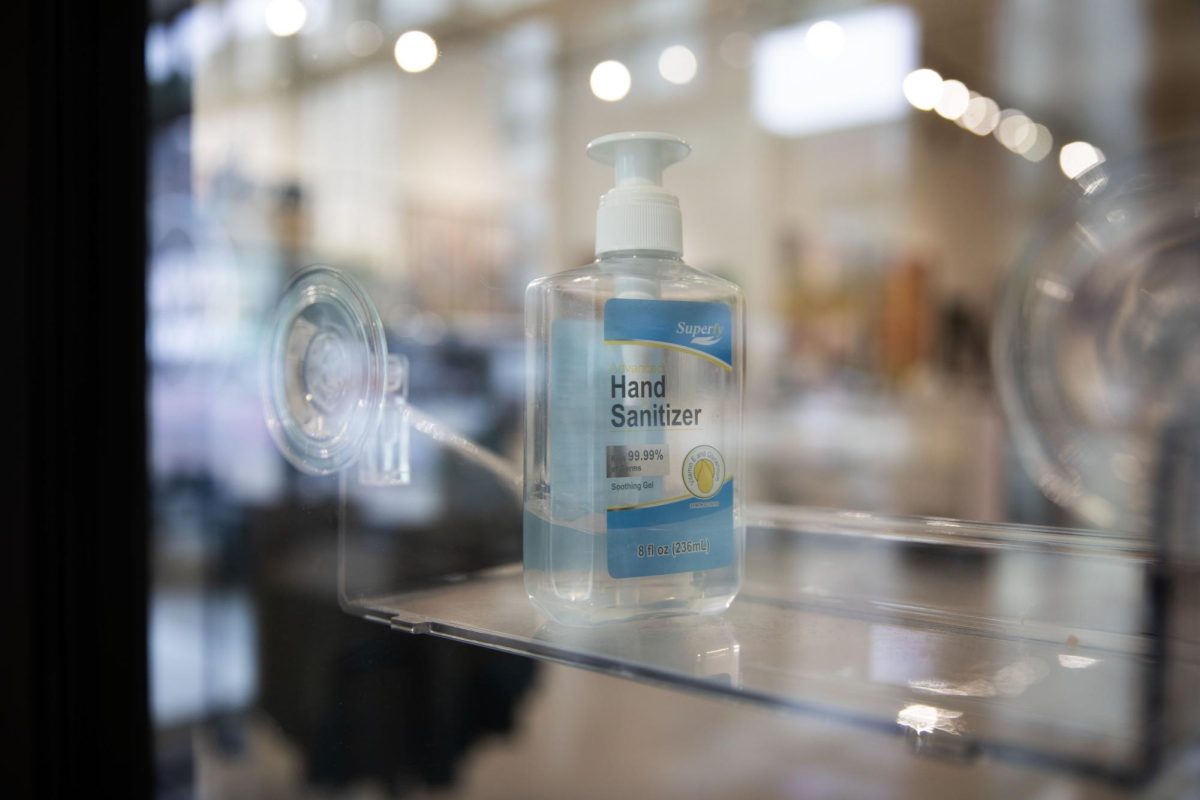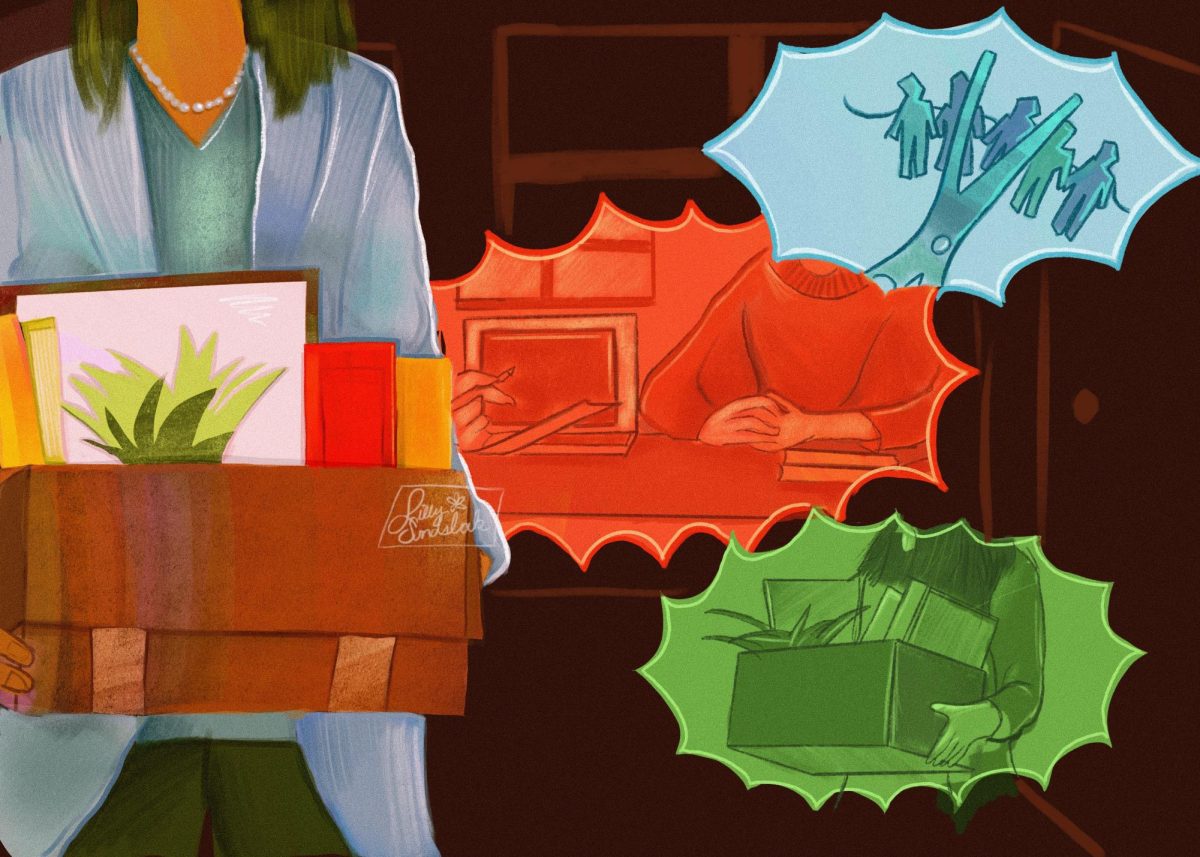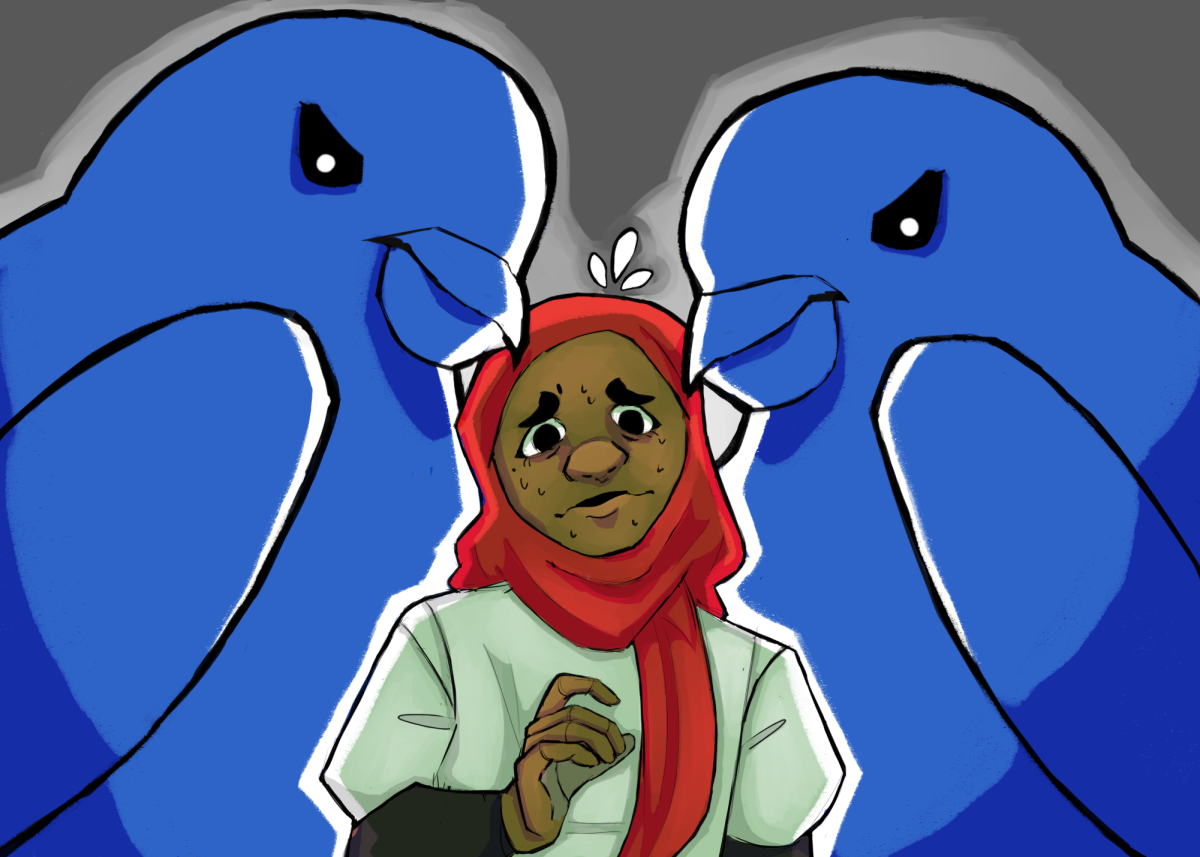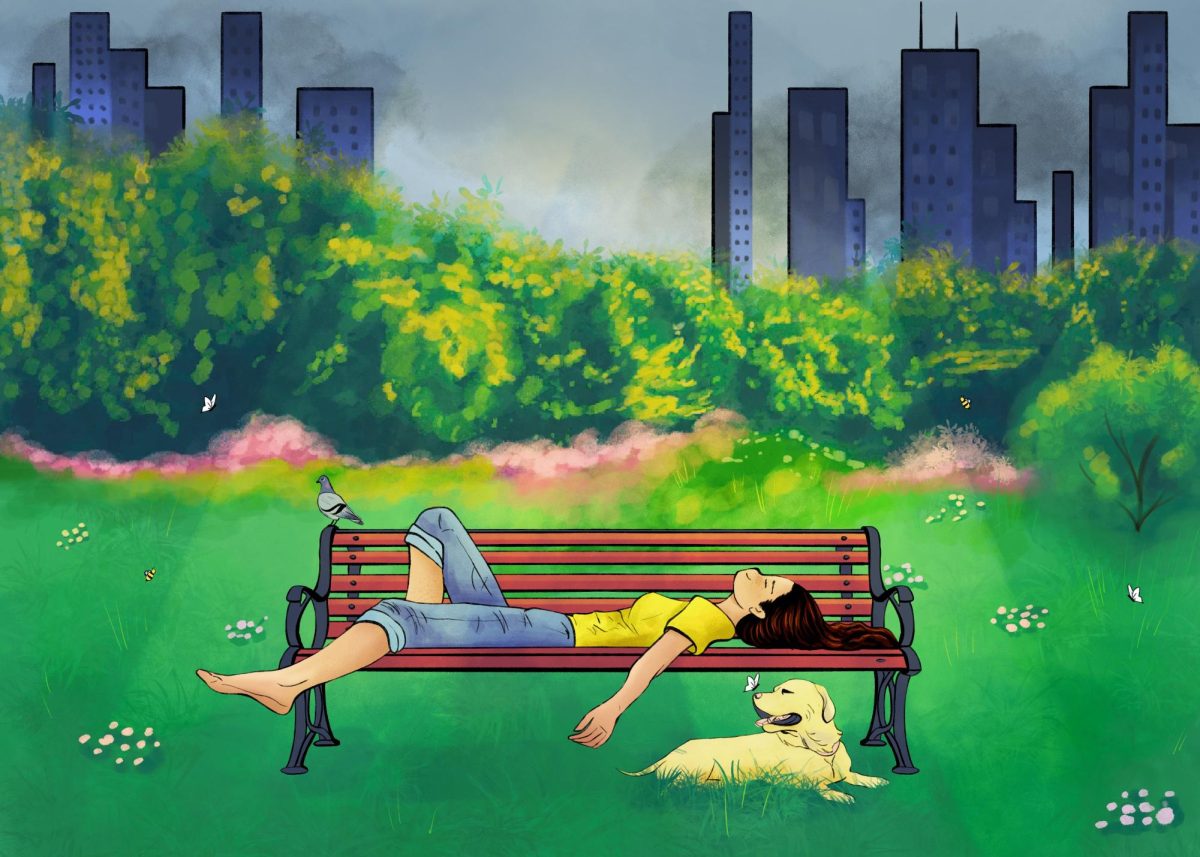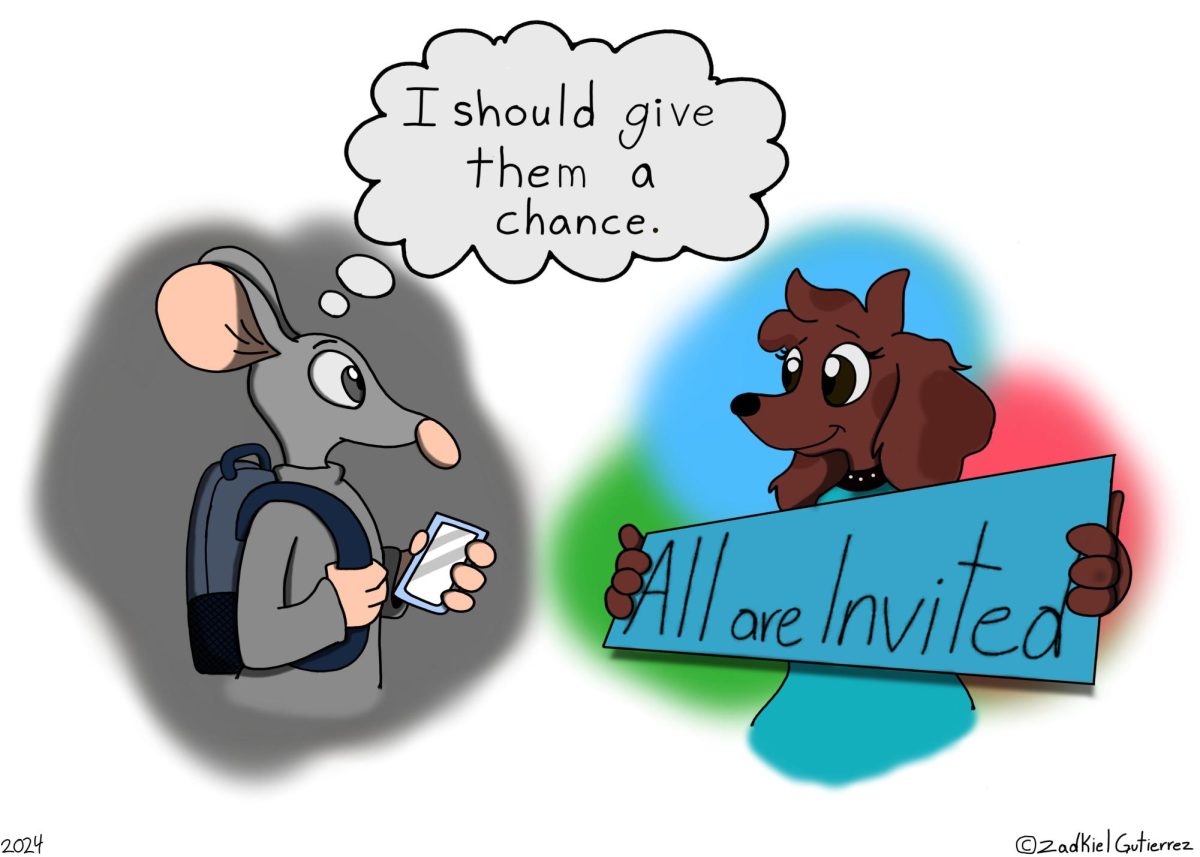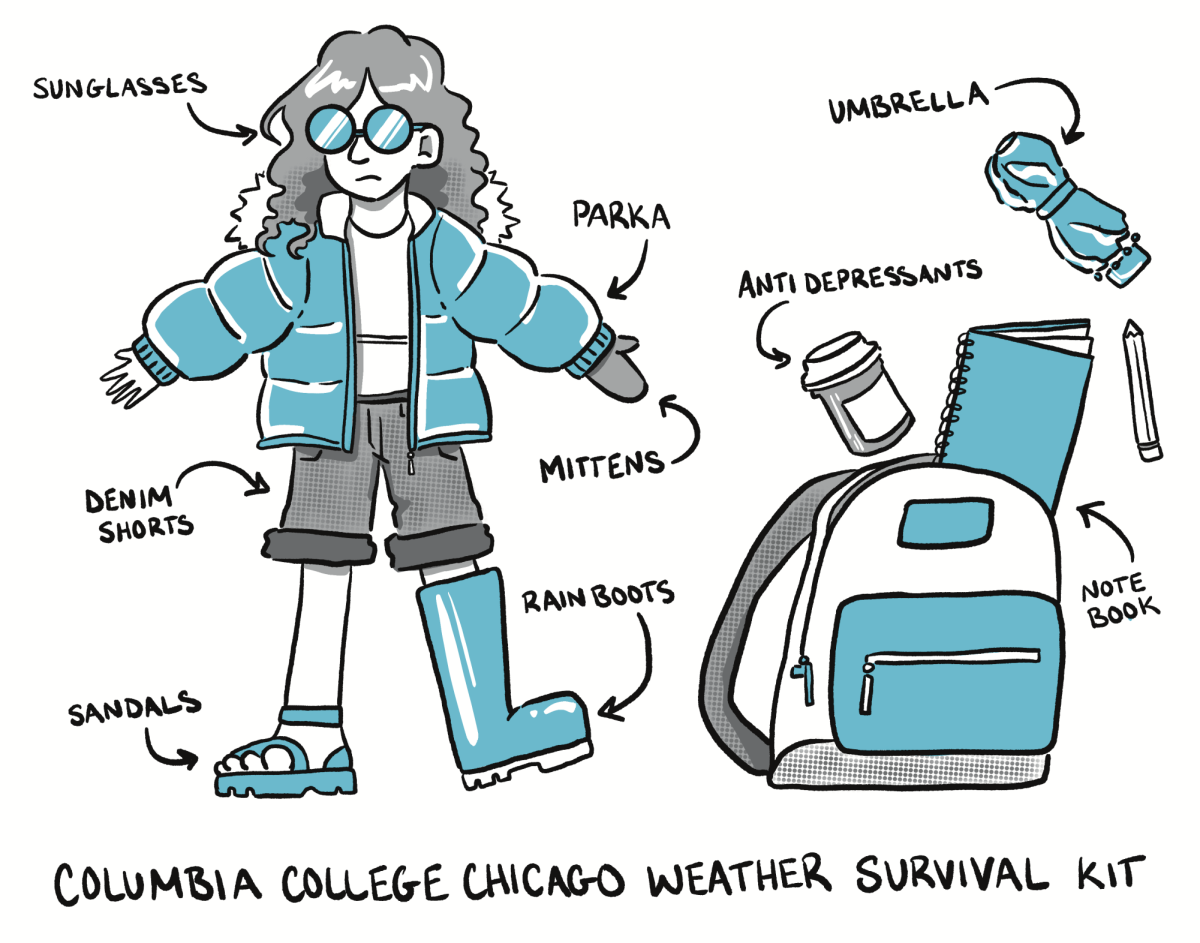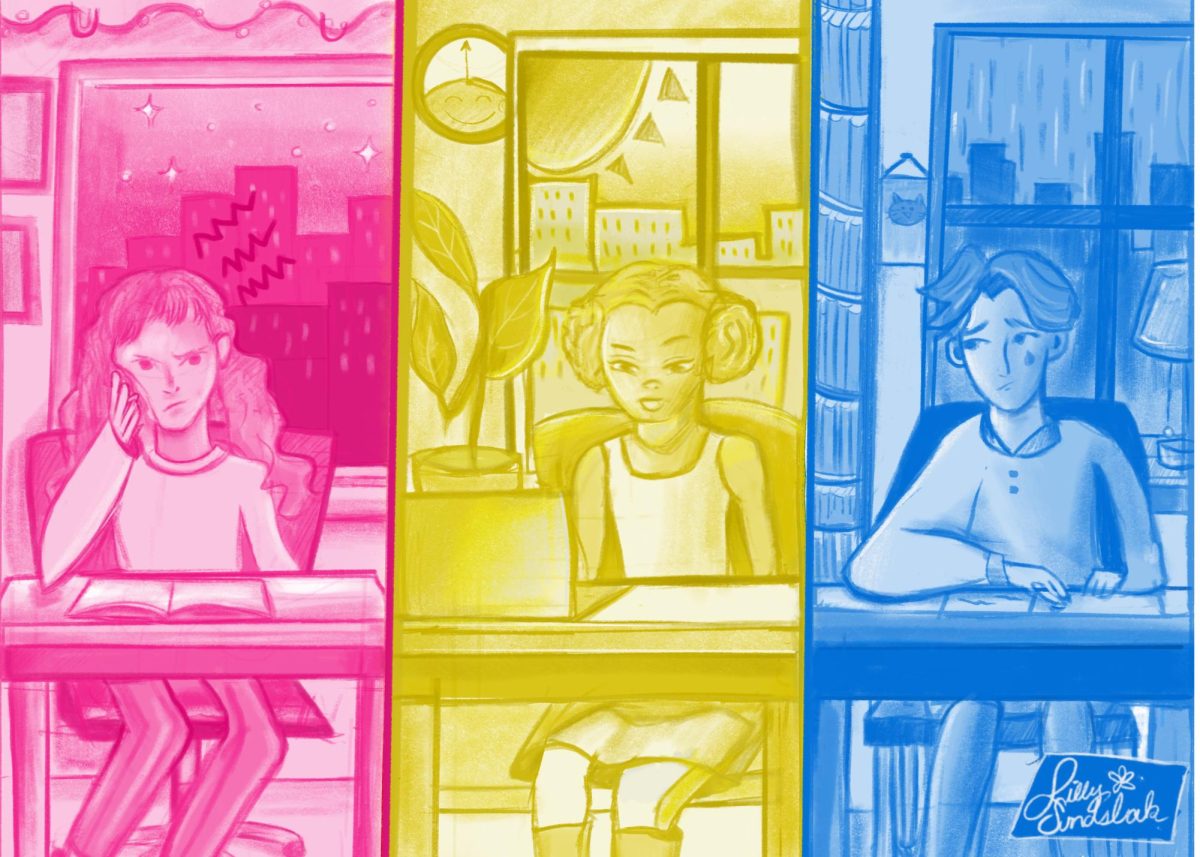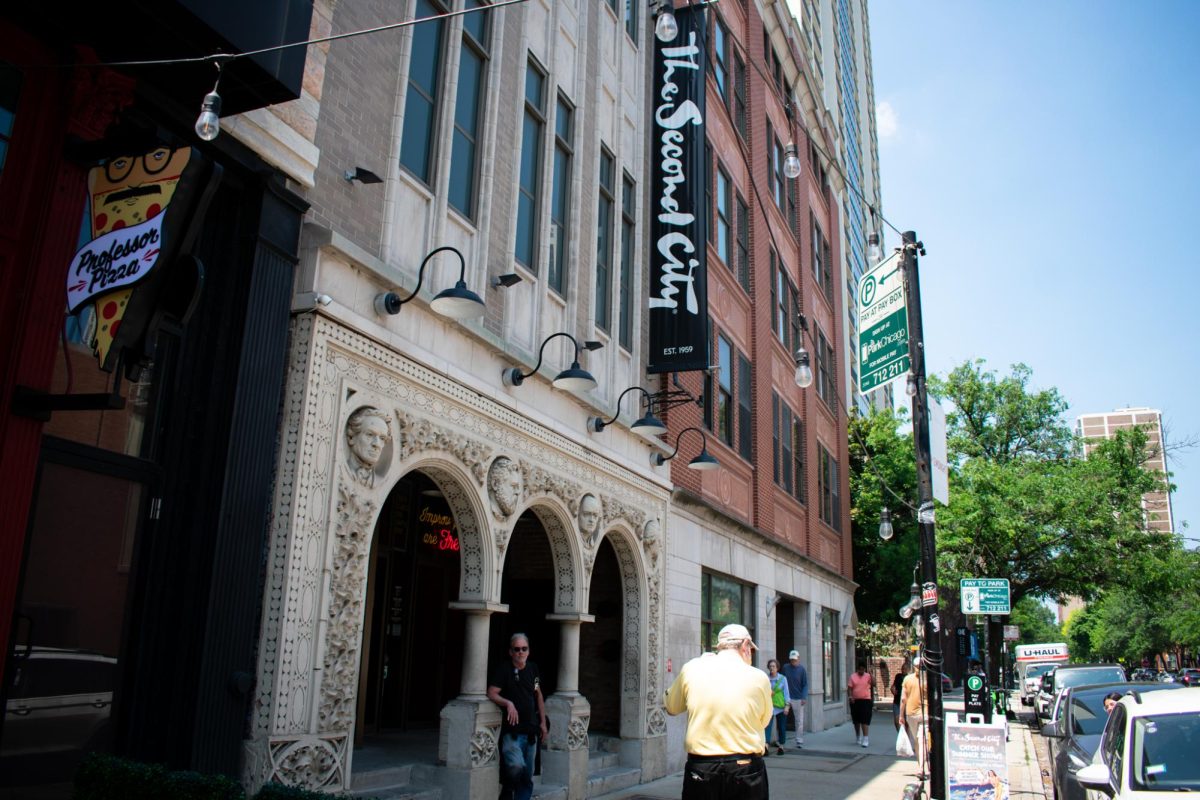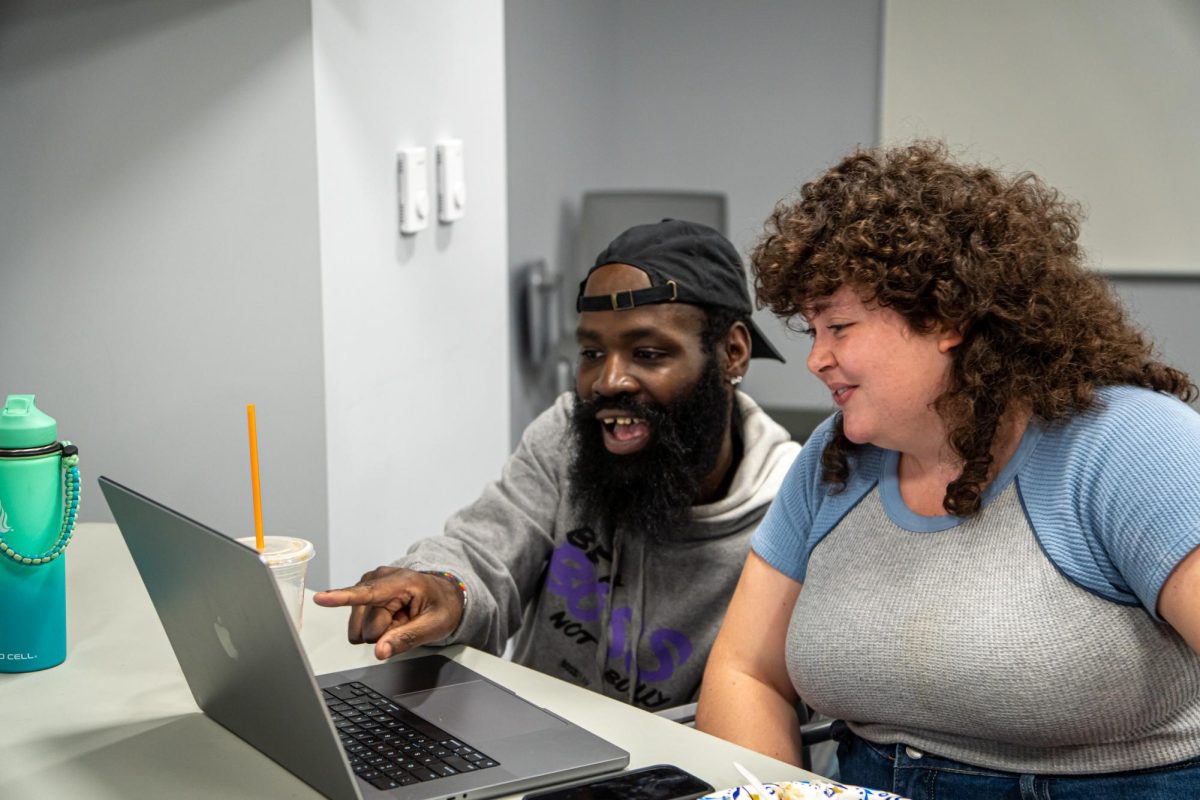Just 20% of Americans consider COVID-19 to be a serious health threat, and only 10% are worried about ending up in the hospital, according to new data from the Pew Research Center.
That is down from 67% in the summer of 2020 when Columbia College, like most public places, still had masking policies and other restrictions in place.
The college lifted its classroom mask policy in February 2023, a year after Chicago lifted its indoor mask mandate for public spaces.
Even at the height of cold and flu season, seeing anyone in a mask anywhere on campus is becoming increasingly uncommon, and it makes sense given the Pew data and how people, especially college students, perceive the risk.
Last month, the CDC announced it would loosen its COVID-19 isolation guidelines. People who have tested positive for COVID-19 will no longer need to stay home if they have been fever-free for at least 24 hours.
The central reason for this policy change is the original policy’s ineffectiveness. Most people are unable or refuse to isolate at home for 10 days after the onset of their symptoms. In addition, most Americans have abandoned COVID-19 safety practices altogether, including mask-wearing.
However, COVID-19 is still spreading, along with other viruses like the flu and RSV, and people should adopt personal practices like mask-wearing as a common courtesy.
During flu season, people are more prone to getting sick. With the added risk of COVID-19 causing additional illnesses and our lack of safety precautions, the spread of other viruses has ramped up. In the years since the pandemic began, public health officials have warned of a ‘tripledemic’, a significant increase in the number of COVID-19, flu and RSV cases. According to the CDC, Illinois’ overall respiratory virus level has increased from low to moderate based on a rise in flu reports.
We have forgotten valuable safety precautions we adopted during the pandemic. COVID-19 is no longer considered a public health emergency by the CDC as of May of last year and they’ve stopped tracking COVID-19 case levels, shifting focus to hospitalizations and deaths. However, while it may not be nearly as big of a threat as it was four years ago, it’s still killing.
In January of this year, weekly deaths due to COVID-19 peaked at 2,505 for this season. With the addition of the flu, which the CDC estimates to have killed 17,000 this season alone, it creates a significant threat to the most vulnerable.
It’s often debated whether masking is still worth it if you are the only one masked up, especially since most people who’ve gotten COVID-19 or the flu have reported having mild symptoms. However, even though most reported cases are mild, the elderly, infants and those with underlying medical conditions like asthma, are the most at risk for serious complications due to infection.
Most people won’t want or even need to wear masks everywhere daily, according to professionals, but it’s important to consider when and where one may be needed. For instance, when you know you’re sick, consider wearing a mask in class or at work. Additionally, when you’re around people who could be susceptible to serious infection like at a doctor’s office or a hospital. As of January of this year, at least six hospitals in the U.S. have reinstated masking rules amid rising cases and hospitalizations of COVID-19 and the flu.
As someone who is often in the company of an elder and people with underlying health conditions, I will continue to wear a mask when I’m sick and encourage others to do the same. With society fully reopened and back to normal, we have a responsibility to protect ourselves and those around us and carry what we learned from the pandemic over into post-pandemic life.
Kayla Lane is a senior journalism major and social media and digital strategy minor from Chicago.


